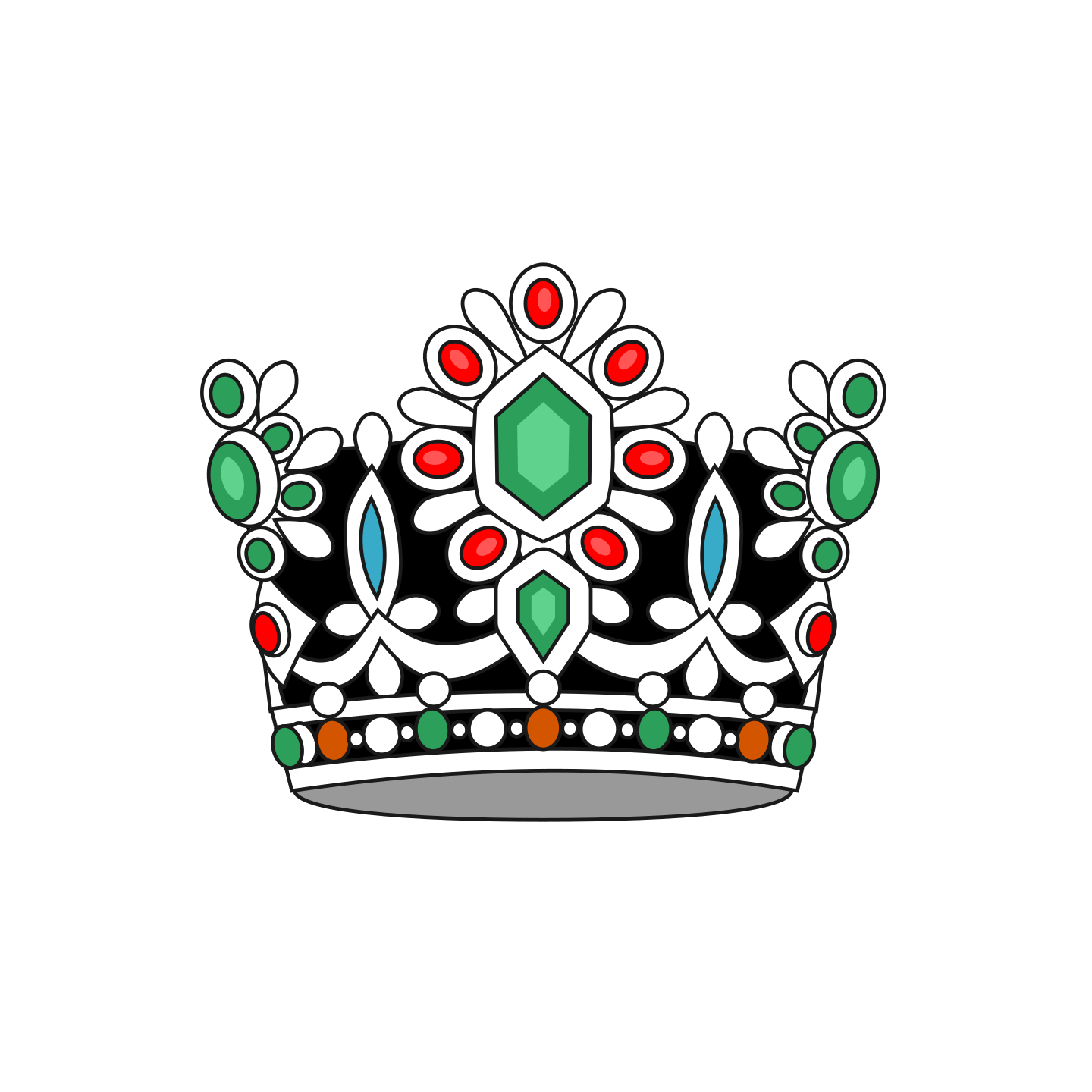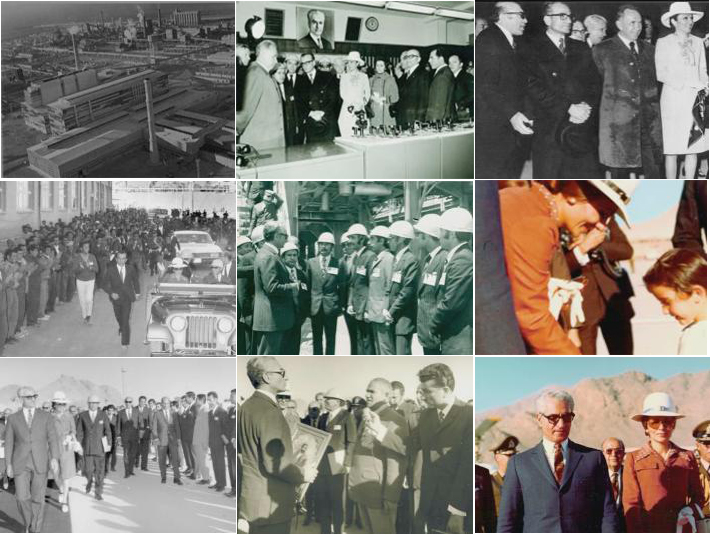The Shah and Shahbanou inaugurate the steel industry complex of Isfahan
The establishment of an iron and steel plant had been in the mind of Iranians since the early decade of the 20th century. The first attempt was made in the late 1930s during the reign of H.I.M.Reza Shah Pahlavi with the assistance of German companies since no other country would help at the time. But the outbreak of World War II brought the construction works to a standstill and the project was never completed. Almost two decades after World War II due to the speedy recovery in the economic situation during the reign of my husband, Shah Mohammad Reza Pahlavi, and increasing demand for steel products, the creation of a steel complex was brought up again. The Steel Mill was the first direct investment the government made in the steel industry, and it represented many decades of effort and disillusion. An inter-governmental contract was concluded between the governments of Iran and the USSR to transfer the natural gas from Iran to the Soviet Union in exchange for heavy industry, a huge steel-making complex with an annual capacity of 550,000 tons in Isfahan was included. For this purpose, the National Iranian Steel Corporation (NISCO) was established for the construction of the plant and mobilization of the relevant mines such as iron ore, coking coal, limestone, refractory, etc. The plant was successfully commissioned and came into operation in 1971. Subsequently, a contract for the expansion of the Isfahan Steel Plant to a capacity of 1.9 million tons/year of structural steel was signed with the USSR. Against much opposition, we were finally able to introduce steel manufacturing into Iran. In many ways, this can be seen as a turning point because only after production began were we taken more seriously in international fora.



